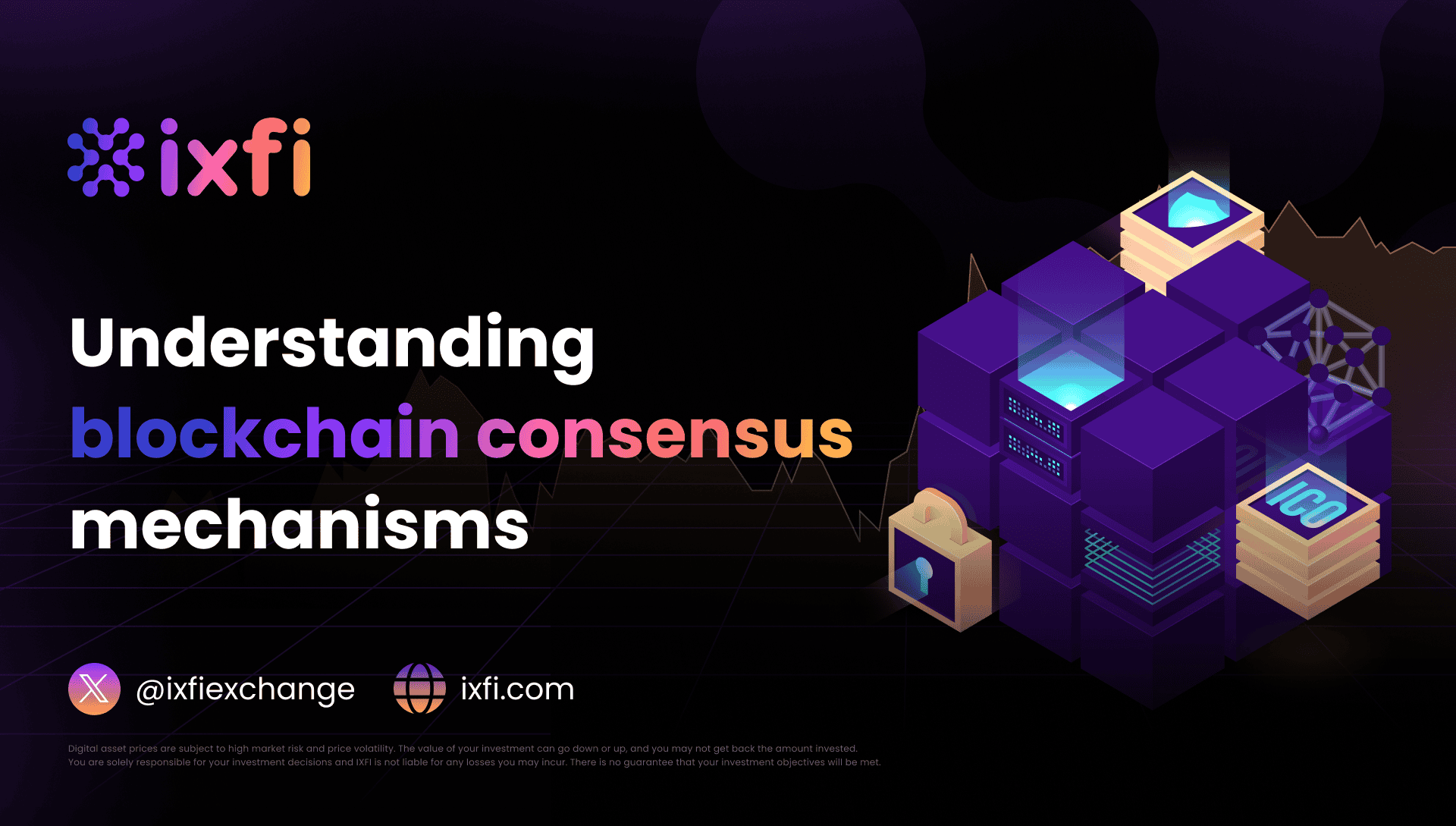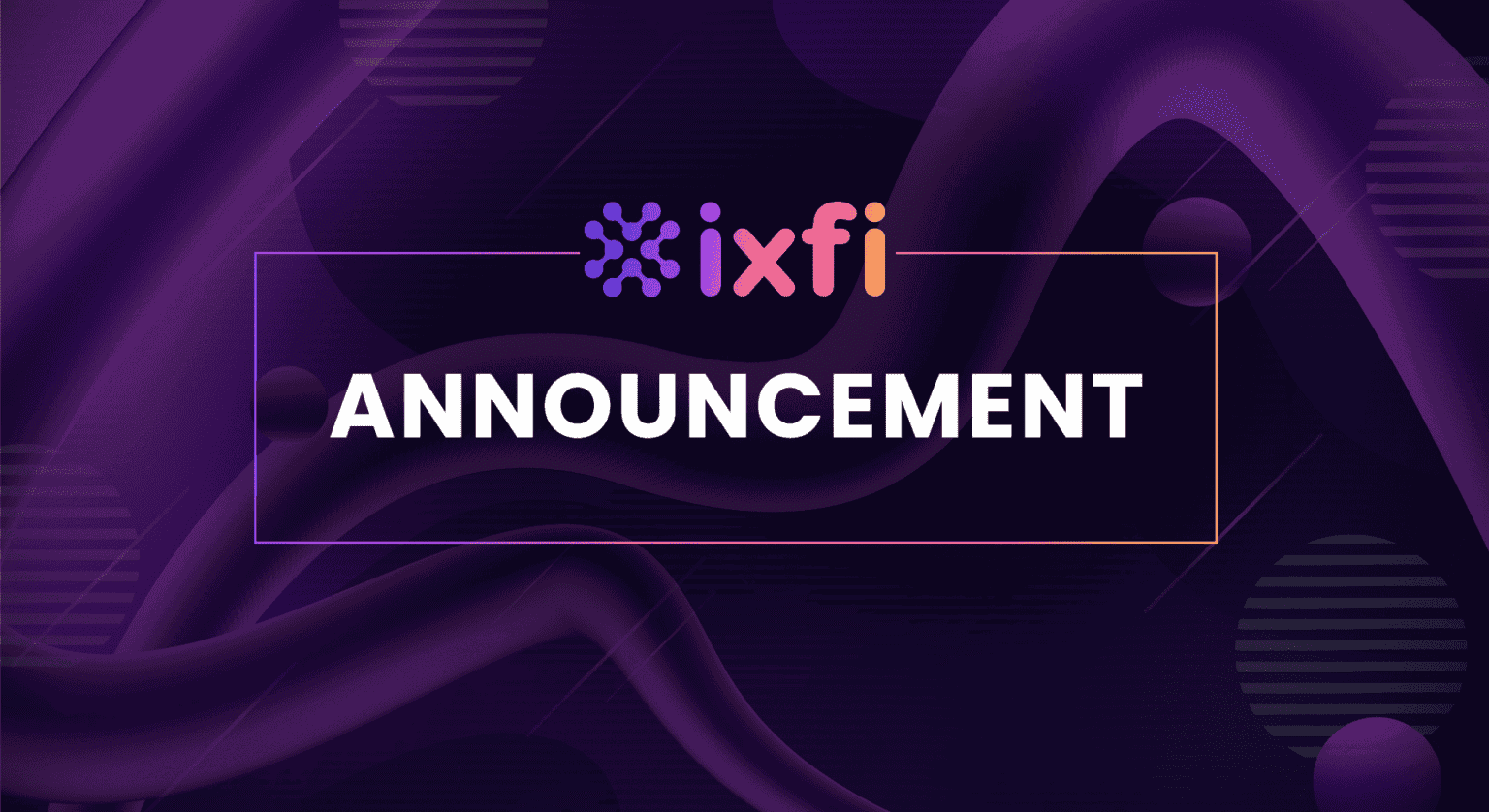Blockchain technology has made significant strides since its inception, but one of its core limitations has always been interoperability – the ability for different blockchains to communicate and share data. Over the years, the crypto world has addressed these limitations through the development of protocols that enable cross-chain communication. As of September 2024, blockchain interoperability is entering an exciting new phase, with major breakthroughs on the horizon.
The early days: Isolated ecosystems
In its early stages, blockchain networks like Bitcoin and Ethereum operated in isolation. Each blockchain had its own set of rules, validators, and assets, limiting the interaction between various networks. This siloed nature made it difficult to transfer assets or data across blockchains, hindering the user experience and limiting the full potential of decentralized technologies.
Without interoperability, users had to rely on centralized exchanges to swap assets between blockchains, often incurring high fees and long wait times. Decentralized solutions were practically non-existent in those days, and the promise of a truly decentralized ecosystem remained unfulfilled.
The rise of interoperability protocols: Polkadot and Cosmos
The turning point came with the launch of Cosmos and Polkadot, two protocols designed with interoperability at their core. Polkadot’s parachain architecture allowed different blockchains (parachains) to operate independently while still being connected through a relay chain. This innovation enabled seamless communication and asset transfers between chains without relying on third-party solutions.
Similarly, Cosmos introduced the Inter-Blockchain Communication (IBC) protocol, which facilitates secure cross-chain communication. Cosmos’ IBC allowed different blockchains to connect and interact in a decentralized manner, laying the groundwork for more interoperable decentralized applications (dApps).
Both networks have gained significant traction over the years, with Polkadot supporting over 100 parachains and Cosmos becoming a hub for more than 50 blockchains through IBC. These solutions significantly improved scalability, reduced costs, and expanded the blockchain ecosystem’s utility by enabling cross-chain DeFi, NFTs, and more.
Bridging the gap: Blockchain bridges and Layer 2 solutions
While protocols like Polkadot and Cosmos offer native interoperability, the need for universal cross-chain communication has led to the development of blockchain bridges. Projects like Wormhole and Chainlink’s Cross-Chain Interoperability Protocol (CCIP) aim to connect various blockchain ecosystems, allowing users to move assets and data across multiple networks.
These bridges have opened up new opportunities for decentralized finance (DeFi) by enabling cross-chain liquidity pools, lending, and borrowing. In addition, Layer 2 solutions such as Optimism and Arbitrum also enhance interoperability by connecting Ethereum with its secondary scaling layers, significantly reducing fees and increasing transaction speed.
What’s next for blockchain interoperability?
The next evolution of blockchain interoperability is focused on enhanced security, scalability, and expanding use cases across industries. As the demand for cross-chain activity grows, maintaining security while scaling becomes crucial. Zero-knowledge proofs (ZK-proofs) are set to revolutionize cross-chain communication by providing more secure, efficient transactions without compromising user privacy.
Moreover, atomic swaps are becoming more prominent, allowing users to swap assets directly between blockchains without needing intermediaries. This feature is critical in decentralized exchanges (DEXs) and contributes to a more fluid and decentralized trading ecosystem.
AI integration is also on the horizon. Projects are exploring how artificial intelligence can improve smart contract deployment across multiple chains, optimize cross-chain transaction routes, and enhance security protocols.
Industry use cases: Expanding beyond DeFi
Beyond decentralized finance, blockchain interoperability is making inroads into other sectors like supply chain management, healthcare, and gaming. These industries are leveraging cross-chain solutions to improve transparency, reduce costs, and optimize data sharing between organizations.
For example, supply chains that operate on multiple blockchains can now integrate seamlessly, ensuring that goods are tracked efficiently from production to delivery. Similarly, in healthcare, patient records can be securely shared across hospital networks operating on different blockchains, improving patient care and reducing administrative burdens.
Conclusion: A connected future
As we look toward the future, blockchain interoperability will be a key driver of mass adoption. From cross-chain finance to multi-chain dApps, the ability to move assets and data seamlessly between blockchains is opening up new opportunities in the crypto world. As security, scalability, and efficiency improve, we expect to see even more industries adopting blockchain technology and leveraging the power of interoperability.


